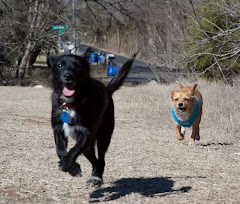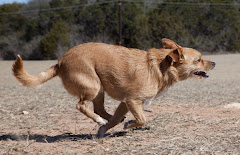It has been a summer of challenges, well, mostly one challenge – getting my elbow to move. I had a second surgery two weeks ago and I’m making incremental progress. An interesting side effect is that I am living local. I am not commuting to work, unless you count walking down the hall to my office is a commute. I am fortunate that most of my needs can be met within a 5 mile radius. Driving with one arm is a bit of a challenge so I try to limit my freeway driving since doing something dangerous is even more dangerous at high speed. This whole thing has slowed me down quite a bit. I am someone who enjoys a project and a challenge. Grabbing some power tools and putting something together is my idea of fun. But this physical limitation has resulted in a messier house, fewer projects, and more time to read and think.
I start every day with a cup of coffee and an exploration of my backyard. I have an average sized backyard but the diversity is amazing. I have always enjoyed watching butterflies but this summer I have been fortunate to observe lots of larval and butterfly activity. My vegetable garden attracted horn worm caterpillars. (These turn into a moth, not a butterfly.) I went out one day to discover this one covered in these little white things.
A little research turned up some info. The wasp,
Cotesia congregata, lays her eggs in the caterpillar (
Manduca sexta). The caterpillar is a food source for the larvae. After a while the larvae emerge and continue their transformation, metamorphosing into pupas, and then flying adults. I learned that the tomato plant, or any plant under attack by the horn worm caterpillar, sends out a chemical message which attracts the wasp. This symbiotic relationship – caterpillar, plant, wasp – has gone on at least since the Jurassic period. That’s a hell of a long time.
All around the yard volunteer sunflower plants sprang up in the spring and are now all in bloom. They have attracted some butterfly larvae that I believe to be some sort of checkerspot. They all feed together in a mass and completely skeletalize the leaves.
I was keeping a close eye on these, checking a couple of times a day, watching as they went from small black caterpillars to these more colorful varieties.
But life isn’t easy for them either. One day I went out to the plant they were working on. I had been out a couple of hours earlier but on this second visit, they were completely gone. Circling the plant was a paper wasp. The female paper wasp creates a paper nest and lays an egg in each cell. She feeds the young larvae pieces of chewed caterpillar. In my backyard it appears these checker spots were the victims. I think if I find some more I’m going to learn how to isolate them so that at least a few survive.
But here’s a happy story. When I put in my square foot gardens I planted some dill and parsley. I’m not wild about cooking with either but I remembered that the last time I grew parsley I wound up with swallowtail caterpillars. Growing these plants was all it took to attract them and I’ve been rewarded with several generations so far. Here are a couple of larvae chomping on dill and parsley:
I read that when it is time to pupate, the larvae will travel some distance to find a suitable location. I was fortunate enough to discover one tethering itself to a post I am using to prop up a tomato plant. I didn’t get a picture of the caterpillar pre-chrysalis but I did manage to photograph the chrysalis. Before the chrysalis forms, the caterpillar attaches itself with these two little guy lines that are shown in the chrysalis photograph. The larva sits very still and is slowly transformed into a chrysalis.
And, all I can say is that I must be living right because when I did my little yard tour this morning this black swallowtail butterfly was emerging:
After this last photograph she flew off. I hope she’s able to mate and come back to late more eggs on my herbs.
There are lots of other butterflies in the yard but I haven’t been able to photograph all of them. Here’s a bordered patch butterfly.
I’ve learned a lot about butterflies this summer. It has only whetted my appetite for more information. I want to research and add more butterfly-attracting plants to my yard. If I can get some help with the labor I want to create another bed in the front yard filled only with plants for butterflies.







